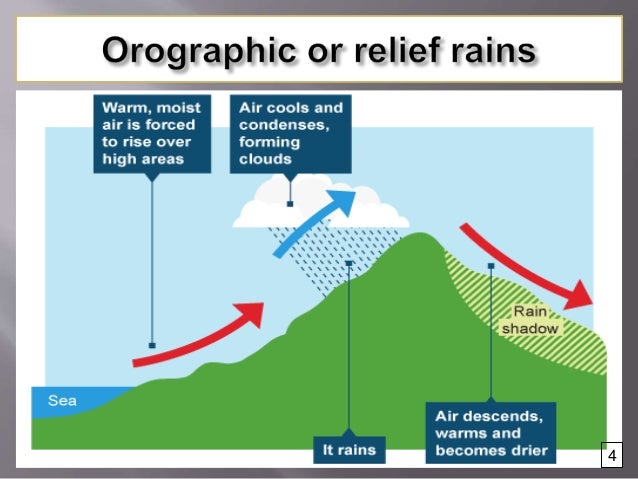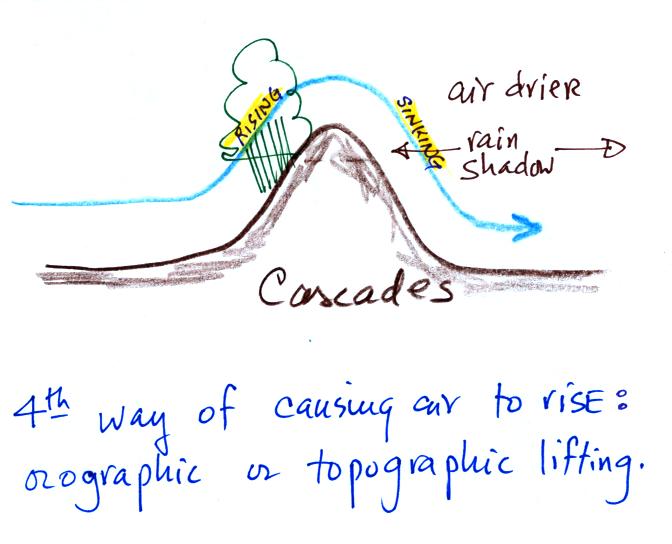

During the off-season, when thermals are weaker, ridge and wave lift can still be used and some pilots travel to more mountainous areas to fly.Ī lenticular cloud produced by a mountain wave Despite these limitations, it is the most common source of lift used by glider pilots, as ridge lift and lee waves require mountainous terrain, and may thus not be found near a given airfield. Occasionally thermals are caused by the exhaust gases from power stations or by fires.Īs it requires rising heated air, thermalling is only effective in mid-latitudes from spring into late summer. Typical locations to find thermals are over towns, freshly ploughed fields and asphalt roads, but thermals are often hard to associate with any feature on the ground. When the air has little moisture or when an inversion stops the warm air from rising high enough for the moisture to condense, thermals do not create cumulus clouds. These can allow flying straight while climbing in continuous lift. Thermals can also be formed in a line usually because of the wind or the terrain, creating cloud streets. Climb rates depend on conditions, but rates of several meters per second are common. Once a thermal is encountered, the pilot flies in circles to keep within the thermal, so gaining altitude before flying off to the next thermal and towards the destination. It was not until about 1930 that the use of thermals for soaring in gliders became commonplace. Although thermal lift was known to the Wright Brothers in 1901, it was not exploited by humans until 1921 by William Leusch at the Wasserkuppe in Germany. Thermal lift is often used by birds, such as raptors, vultures and storks.

If the air contains enough moisture, the water will condense from the rising air and form cumulus clouds. Thermals are columns of rising air that are formed on the ground through the warming of the surface by sunlight.

The accreting of hydrometeors may be one of the key reasons why the lee side has strong radar reflectivity, and a lee side weighted rainfall pattern even though lee side includes no strong upward air motion.Example of a thermal column between the ground and a cumulus To support these development processes, a numerical simulation using cloud-resolving model theoretically carried out. Meanwhile, the nonlinear jumping flow (hydraulic jump) raised feeders (shifted from the windward side) to the upper level where particles fall. The snow particles (above 5 km) were accelerated by strong downward winds (≤−6 m s − 1). In contrast, on the leeward side, the seeder-feeder mechanism was important in the formation of strong radar reflectivity. The lifted air and falling particles both contributed to the heavy rainfall in the central region. The falling particles (seeder) from the upper cloud were also one of the reasons for an increase in rainfall via the accretion process from uplifted cloud water (feeder). The time taken for lifting is longer than the theoretical time required for raindrop growth via condensation.

In the central mountain region, a strong wind (≥ 7 m s − 1) helps to lift low-level air up the mountain. The analysis of vertical profiles of the mountain region show marked features matching the geophysical conditions. In this study, we investigated the enhancement mechanism for precipitation near the mountains as the typhoon passed over Jeju Island via dual-Doppler radar analysis and simple trajectory of passive tracers using a retrieved wind field. Halla (height 1950 m), with a slanted rainfall pattern to the northeast. Typhoon Khanun caused over 226 mm of accumulated rainfall for 6 h (0700 to 1300 UTC), localized around the summit of Mt.


 0 kommentar(er)
0 kommentar(er)
